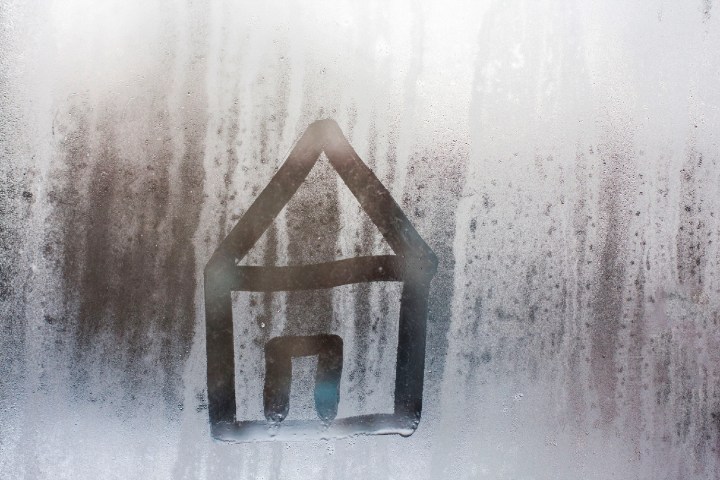
“The concept of transient electronics is not new,” Professor Hangxun Xu, from the University of Science and Technology of China, told Digital Trends. “However, previous devices only work under aqueous solutions or biofluids — and sometimes aggressive chemicals such as acids or bases would be required to realize the transient process. An obvious drawback is lack of control over the degradation process. Moreover, the materials that can be used to fabricate transient electronics are limited. Normal materials such as copper, nickel, or aluminum are not applicable in transient electronics.”
In the team’s unique approach, the dissolving mechanism occurs due to a reaction between the device’s polymer substrate and water molecules in the atmosphere. No kind of immersion is necessary; instead, a chemical breakdown is triggered using ambient moisture which then digests the various electronic materials and components — which could include aluminum, copper, nickel indium-gallium, zinc and magnesium oxide, and more.

“In short, for the first time we introduce a novel chemical reaction into the transient electronics,” Xu continued. “Through manipulating the kinetics of the chemical reaction, we are able to control the transient process, which is extremely challenging to achieve.”
Next up, the team wants to explore more metastable polymers that can degrade the functional devices sitting on top of the substrates. They also want to shorten the time the degradation process takes, which is currently days rather than hours — or even less. “We want to develop a novel triggering mode which can destroy the electronics in seconds,” Xu said.
While this isn’t the only example of self-destructing transient electronics we’ve covered, with so many fascinating use cases, we’re excited to see where this research goes next. A paper describing the work was recently published in the journal Science Advances.


